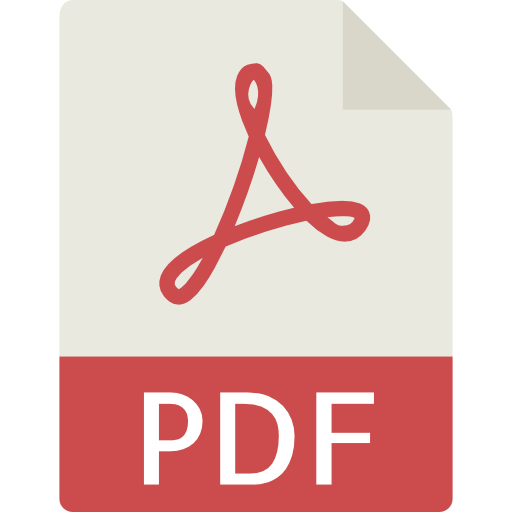In 1988, in partnership with the Rwandan government, the Wildlife Conservation Society (WCS) launched the Nyungwe Forest Conservation Project (Projet de Conservation de la Foret de Nyungwe – PCFN), in southwestern Rwanda in order to secure the protection of its significant biodiversity. Nyungwe is one of the largest and most diverse montane forests in Africa, home to a high diversity of wildlife and plant species, including 86 species of mammals, 275 of birds, and over 1000 of trees – and a high occurrence of endemism. With the tourism industry contributing to approximately 3.2 percent of Rwanda’s annual gross domestic product, investing in the forest’s protection and tourism options has a significant impact on the country’s economic development. Perhaps most significantly, Nyungwe National Park is recognized as a critical water catchment for Rwanda, making its conservation crucial to the country’s future.
With high human population densities around the park – up to 500 people per square kilometer- and severe poverty in the area, many threats challenge Nyungwe’s future, including poaching, mining, tree cutting and fires, often inadvertently set by people smoking bees to aid honey collection.
This year also marks 25 years since the start of USAID support to Nyungwe and its early recognition of the importance of its biodiversity, the promotion of ecotourism & conservation in the park. The overview of the achievements, challenges and lessons learned during 25 years of partnerships built to help conserve Nyungwe, is the starting point for elaborating the way forward.
Download the full report prepared by Bill Webber that accompanies this presentation here.
~


Add a Comment